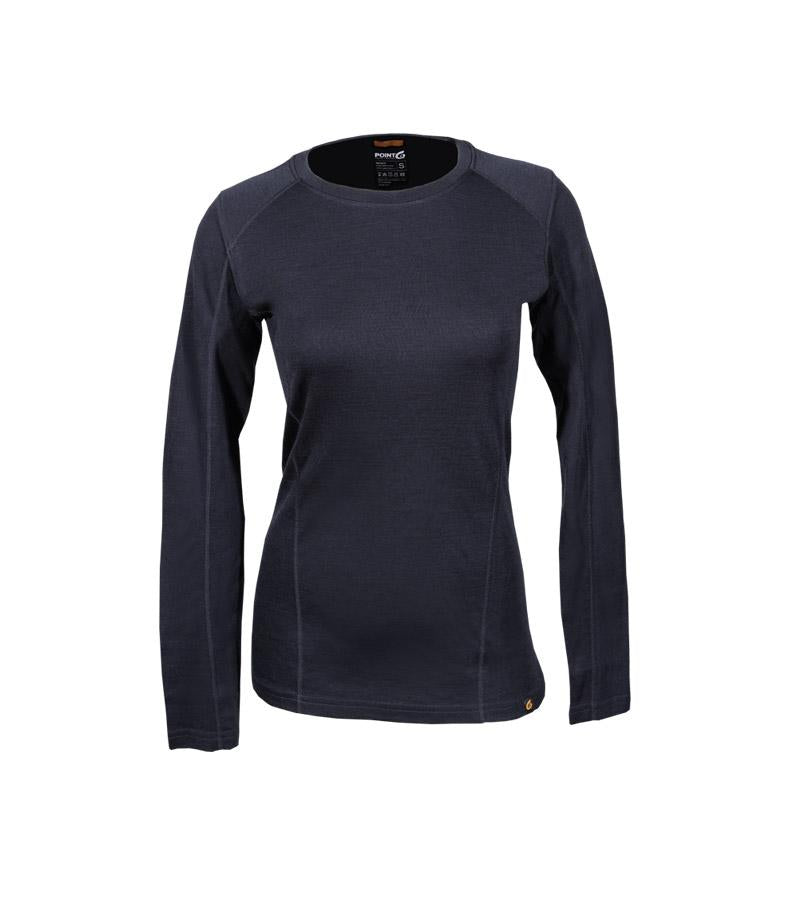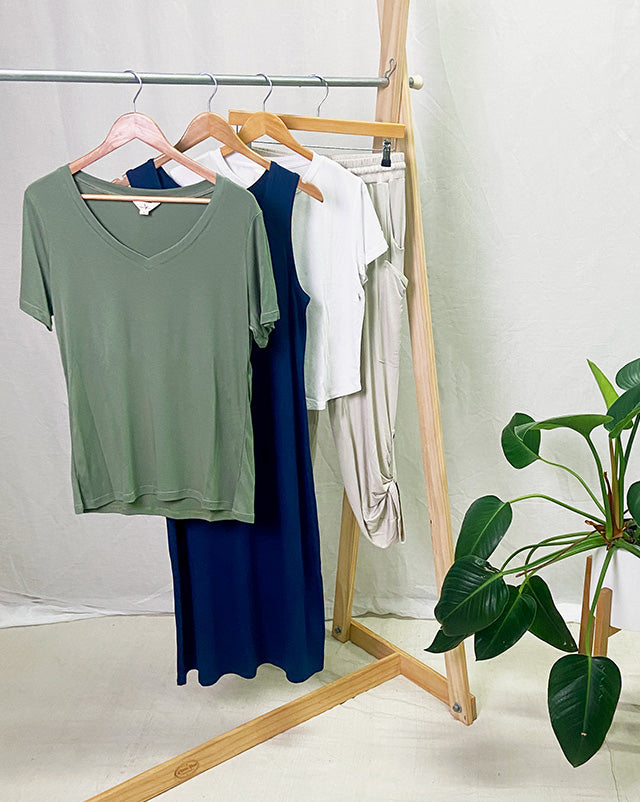Top Rated Merino Wool Base Layer Website
Wiki Article
Why Are Baselayers Of Merino And Yak Wool Efficient In Winter Sports Clothing Because Of Their Fiber-Based Benefits As Natural And Sustainability For The Environment?
Natural fibers are a fantastic choice for base layers in winter sports clothing, not just because of their performance but also for their sustainability.
Both yak wool and merino fleece are both made of natural fibers from animals. They are both renewable resources that can be sustainably harvested without harming animals. These fibers biodegrade and do not harm the environment.
Low Environmental Impact
Natural fibers are less polluting than synthetics. The cultivation and harvesting of wool require less chemical processes and are more reliant on non-renewable resources compared to synthetic fibers.
Energy Efficiency
The processing of wool fibers requires less energy than synthetic fibers produced, such as nylon and polyester. Natural wool's manufacturing process uses less energy and reduces carbon emissions.
Reduced Microplastic Pollution-
Contrary to synthetic fibers that shed microplastics in washing natural wool fibers do not contribute to microplastic pollution in water bodies.
The Recyclability and Longevity of plastics
Yak merino wool garments are generally durable and last a long time that can extend their lives. Wool fibers can also be repurposed or recycled, thus reducing waste.
Sustainable Practices
Certain wool producers use ethical and sustainable practices. This involves ensuring the welfare of animals and sustainable land management. They also guarantee decent working conditions and fair conditions of work for the workers who are involved in the production.
Environmental Certification-
Certifications such as the Responsible Wool Standard (RWS) or the Global Organic Textile Standard (GOTS) ensure ethical and environmentally conscious methods of production of wool and provide consumers with confidence of the sustainability of wool production.
In general, yak merino base layers align with environmental sustainability by being derived from renewable and natural sources that have the least environmental impact in production and, often, incorporating ethical and sustainable practices in the supply chain. The use of natural fibers in winter sports clothes like yak and merino is a way to encourage environmentally sustainable consumption. Read the most popular merino wool base layers for website recommendations including skiing mid layers, smartwool 150 base layer, smart wool baselayer, merino wool underwear womens, ski layers womens, ski layers womens, ski base layer womens, smartwool merino base layer, merino wool long underwear mens, merino 250 base layer and more.

What Are The Advantages Of Bamboo Clothing In Terms Of Softness, Antibacterial Properties, Renewability And Durability?
Bamboo clothing has many advantages in terms of the softness, antibacterial properties, durability, and renewability. It is soft-
Bamboo fabric is renowned for its silky texture and luxurious feel. It's often compared to silk, or other luxury materials, like cashmere. It feels soft and soft against your skin, and offers the most comfortable wear.
Antibacterial Properties
Natural Antimicrobial Qualities Bamboo is a natural antimicrobial substance known as "bamboo kun." This property stops the growth and spread of bacteria that can cause odors and fungi.
Durability-
Strength- Despite their softness bamboo fibers are robust and durable. Bamboo clothing is resistant to normal wear and tear, making it suitable for different tasks without sacrificing quality.
Renewability-
Rapid Growth- Bamboo grows extremely quickly, and without the use of pesticides. It is able to mature in a few years, making it readily available for sustainable harvesting and reducing the environmental impact of cultivating.
Sustainability-
Sustainable Producing- Bamboo cultivation and processing have typically a smaller environmental impact than the production of synthetic materials. Bamboo's rapid growth, its low requirement for water, and its ability to thrive in a variety of climates all contribute to its sustainability.
Biodegradability-
Natural Decomposition - Bamboo clothing has the biodegradable property that is, it will decay on its own after the end of its lifespan. This quality minimizes environmental pollution and reduces landfill accumulation.
Hypoallergenic Qualities
The less irritation: Bamboo fabric tends to be less prone to skin irritation and allergies as compared to other synthetic materials. This is why it is the ideal choice for skin with sensitive issues.
Bamboo clothing provides a blend of softness and antibacterial properties with durability, renewability and sustainability. This makes bamboo clothing an appealing option for those who want to wear fashionable, practical and sustainable clothing. These qualities help create a comfortable wear experience, while also aligning with green practices. See the top rated bamboo clothing for website examples including bamboo clothing wholesale, bamboo yoga leggings, bamboo long sleeve shirt, kate quinn bamboo, bamboo clothing underwear, bamboo fibre clothing, bamboo tank tops, bamboo cay shirts christmas, bamboo top, freefly hoodie and more.

What Is The Different Between Wool And Merino Clothing?
The most crucial factor to consider when comparing the merino garments to traditional bamboo and wool clothing.
Merino Wool Merino Wool has smaller fibers, and is more supple than wool that is more traditional. It's regarded as more comfortable.
Bamboo ClothingBamboo is smooth and silky, often compared to luxurious materials such as silk or cashmere. The fabric is soft, allowing for a comfortable wear.
Traditional Wool – Traditional wool has a variety of textures. Some may be coarser than others and cause itching, discomfort or irritation compared to clothing made from Merino.
Warmth-
Merino Fiber Merino fiber is renowned for its exceptional insulation properties. It retains heat even when damp and offers effective insulation in cold weather conditions.
Bamboo Clothing can be warm, but it might not have the same insulation like Merino wool. Bamboo clothing is a great temperature control, making it comfortable in all conditions.
Traditional Wool- Similar to wool from merino sheep wool traditionally provides warmth and insulation. Although it is often heavier or bulkier than bamboo or merino clothes.
Moisture Absorption-
Merino Wool Merino Wool's moisture-wicking properties allow moisture to be able to escape from the skin. It is warm even when damp.
Bamboo Fabric Bamboo is known for its the ability to wick moisture away, which means it can draw moisture away and offer the comfort you need during your physical exercise. It is able to regulate humidity and keeps wearers dry.
Traditional Wool: While wool is able to absorb moisture but it doesn't possess the same moisture-wicking properties like bamboo and merino fabrics. Some types of sheep's wool can feel heavy and damp after being damp.
Summary Merino Wool is renowned for being soft, warm, and having excellent characteristics for wicking moisture. Bamboo clothing has a soft and smooth texture, adequate warmth, and good moisture control. Traditional wool can vary in texture, and could offer warmth and moisture absorption but might feel coarser or heavier in comparison to bamboo or merino clothing. Each fabric has distinct features that are crafted to suit different needs and preferences. Check out the top rated do you agree for more info including wool underlayer, merino thermals, smartwool 150 base layer, smartwool mid layer, merino long underwear, best merino wool base layer, smartwool 1 4 zip mens, merino wool long underwear, smartwool base layer sale, wool base layer mens and more.
